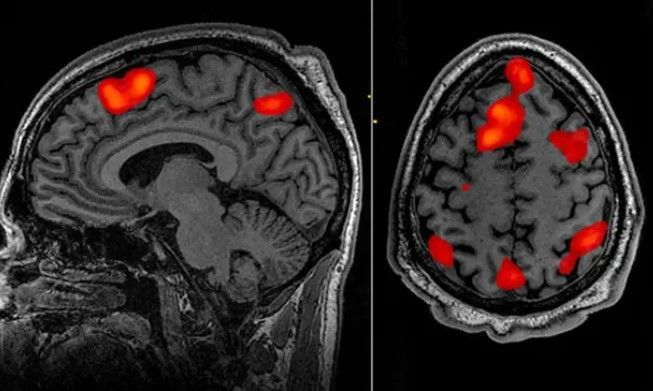A recent article in The Guardian discusses an exciting breakthrough in the field of AI: and neuroscience: the development of a system that can convert thoughts into written text. The system, developed by researchers at the University of Helsinki, is a non-invasive way to read and interpret the thoughts of individuals.
Traditionally, mind-reading technologies have been invasive and required the use of electrodes implanted in the brain. However, the new system is non-invasive and relies on electroencephalogram (EEG) technology to detect brain activity. The system then uses Machine Learning algorithms to interpret brain activity and translate it into text.
The article notes that this breakthrough could have important implications for a wide range of applications, from helping people with disabilities to communicate to enabling individuals to control devices with their thoughts. The technology could also be used in fields such as education and psychology to gain insights into the thought processes of individuals.
However, the article also notes that the development of this technology raises important ethical questions, particularly around issues of privacy and consent. The potential ability to read and interpret people’s thoughts could be misused for nefarious purposes, and it is important that safeguards are put in place to protect individuals’ privacy.
What are your thoughts about this innovative upgrade?
Credits: The Guardian













